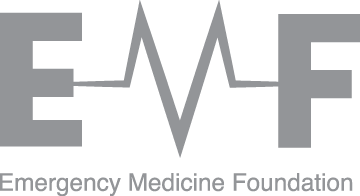Carotid doppler ultrasound with passive leg raise for fluid responsiveness
Grant ID: EMTR-207R26-2016
Project Summary
Fluid therapy is a valuable entity and a valuable clinical entity. However there is uncertainty regarding the fluid responsiveness of patients, particularly those with severe infections. Potential risks of fluid overload (i.e. too much fluid) exist. Excessive fluid administration is associated with increased morbidity and mortality.
Carotid doppler ultrasound and passive leg raise is a way of estimating fluid responsiveness. By using this technique we believe that it will tell us if a patient will tolerate an intravenous fluid bolus of 500ml.
The aim of this study is to determine if doppler ultrasound of the common carotid artery blood flow before and after PLR is a realistic method by which to determine fluid responsiveness in the acute care setting. Also the review the ease of which this can be taught to emergency doctors.
Outcomes
The outcomes of this study are pending publication. Overall, the research team found clinicians were able to learn the technique within minutes. The vast majority produced a scan suitable for measuring fluid responsiveness.
IMPACT
Logan Hospital Emergency Department clinicians are now using this new technique in managing critically ill patients.Dissemination
Osgood, R., Mohan, S., John, L., Stirling, E. and Stirling, S., 2021. In training emergency physicians the carotid artery Doppler with passive leg raise, does previous sonographic experience influence scan time and competency?. Australasian Journal of Ultrasound in Medicine, 24(1), pp.20-26.
Video/Presentations
ACEM ASM Hobart 2019 - Poster: "Can Emergency Physicians reliably use Carotid Artery Doppler Ultrasound combined with Passive Leg Raise to predict fluid responsiveness? Pilot Study"
SHARE



